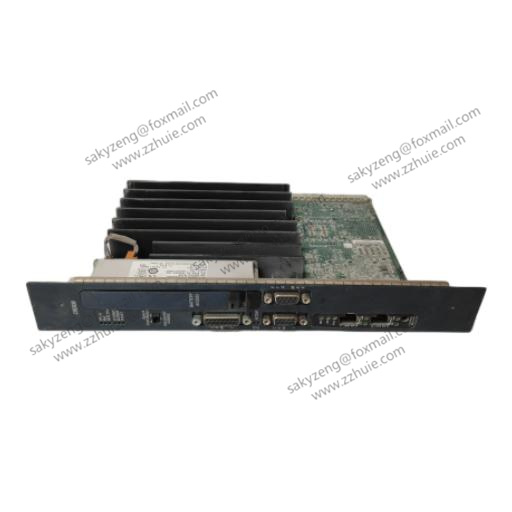Processor Performance: Equipped with a Pentium M processor with a rated frequency of 600MHz, it can quickly execute complex control algorithms, improving operational efficiency.
Memory: Features 64MB of user memory and 64MB of non-volatile flash memory, which can store control programs and specific application data. It supports a large number of programming and custom options, and is equipped with battery backup to ensure data is not lost during power outages.
Communication Interfaces: Has dual RJ-45 Ethernet ports with communication speeds of up to 10 or 100Mbps, supporting online monitoring and data upload/download. Additionally, it has 3 isolated serial ports that support serial protocols such as Modbus RTU slave and SNP.
Power Requirements: Requires +5VDC (rated 3.2A), +12VDC (rated 0.003A), and -12VDC (rated 0.003A) power input.
Installation Method: Supports front panel mounting (MR267 only) and DIN rail mounting, facilitating integration into existing systems and reducing installation time and costs.
Dimensions and Weight: Approximately 112.28mm × 107.7mm × 33.27mm in size, with a weight of about 0.318kg. However, different data sources may show weights of 0.454kg or 0.58kg, which may vary depending on product batches or versions.
Redundancy Design: Features hot standby redundancy. When the main processor fails, the standby unit can seamlessly take over, ensuring continuous system operation, which is crucial for industrial scenarios where downtime is not allowed.
Other Features: Supports programming methods such as ladder logic, C, structured text, and function block diagrams. It can access large-capacity memory through the reference table %W, has word reference functionality and a battery-backed calendar clock. It also supports up to 16 Web server/FTP connections, with data block sizes not exceeding 128KB, and can support up to 512 program blocks.


 customer service +86 18020721390
customer service +86 18020721390 